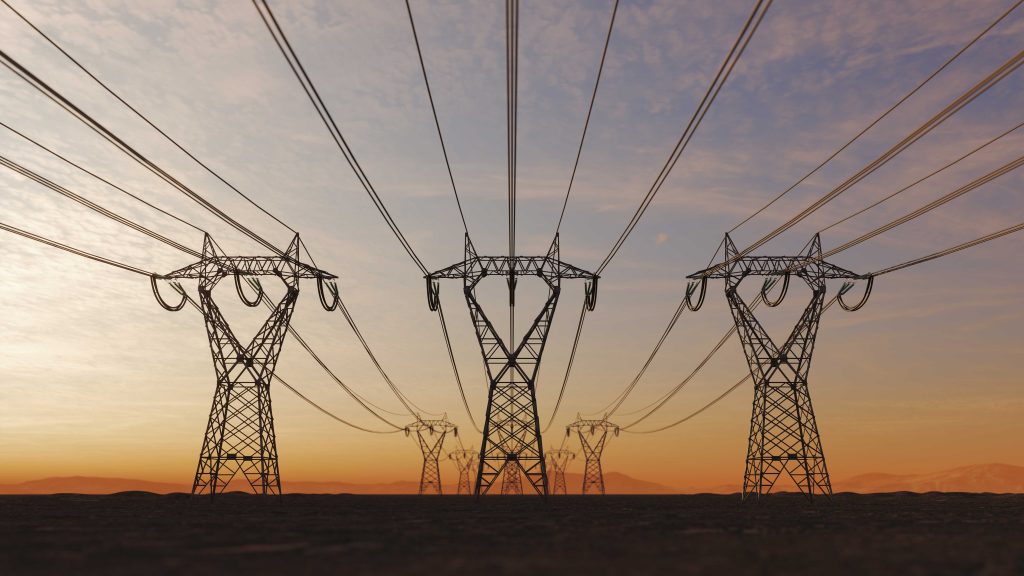The past month, Trump froze federal grants for clean energy that came from the Bipartisan Infrastructure Law and Inflation Reduction Act (IRA), on top of blocking wind and solar on public lands and withdrawing from the Paris Agreement. Trump has resisted orders from federal judges to restore clean energy funds, and he will most likely enact new limits once the freeze officially expires. But corporations and investors with positions in clean power claim to be unconcerned. Multinationals building wind turbines in the US insist that Trump has no impact on their business, and that electrification is inevitable. Some analysts claim similarly that despite Trump’s rollback of IRA tax credits for renewables, recent wind and solar projects are unstoppable because of their cost-competitiveness. This optimistic picture is misleading because it relies on confusion about the kinds of renewable projects we’re talking about.
Trump’s executive order is uniquely harmful to renewable projects initiated by state governments and nonprofits. Under the IRA, nonprofits could receive funding through clean energy tax credits converted into grants. This method of “direct pay” helped nonprofits finance renewable power through tax credits that would otherwise be unhelpful (because nonprofits are tax-exempt). Cities, tribes, schools, hospitals, and public utilities had already initiated solar projects with the expectation of receiving tens of millions in reimbursements from direct pay. States like Michigan, Nebraska, and Minnesota have committed to 100% clean energy, and partnerships with institutions eligible for direct pay are necessary to meet those targets.
Some have argued that Trump cannot rollback IRA tax credits because they were enacted by Congress. Yet Trump’s order to “immediately pause the disbursement of funds” from the IRA, including for EV infrastructure, guts the direct pay system and leaves corporations relatively unscathed. Public and nonprofit clean energy initiatives are most at risk because even a temporary pause in funding threatens the survival of those programs. Trump’s freeze on IRA grants has directly threatened several projects, not only for wind and solar but also for related climate goals:
- The $7 billion Solar for All program, which supported states and nonprofits installing solar panels in low-income neighborhoods
- Environmental justice programs by nonprofits to support disaster recovery, monitor emissions, and expand community solar in neighborhoods of color
- $1 billion in USDA grants to assist rural businesses and farms with transitioning to wind and solar, and upgrades for energy efficiency
- $400 million for battery storage and rooftop solar in Harris County, TX, the largest county in the state (Houston is its seat)
- Programs of the Nevada Clean Energy Fund, a nonprofit green bank created by state government, to expand clean energy to disadvantaged communities including tribes
- IRA-funded programs in Pennsylvania to reduce emissions from factories, and plug oil and gas wells to stop methane leaks. While not a renewables program, grants for mitigation ensure that fossil fuels don’t offset the benefits of clean power.
Some IRA funds were just partially un-frozen, such as for electric school buses. But there will not be a back-to-normal scenario where innovative renewable projects become immune to Trump. He will continue to push the limits of executive power, and enlist Republicans in Congress, to limit the clean power projects of states and nonprofits.
Grant-funded programs by states and nonprofits ensure that increases in renewable power generation capacity can be accessible to all communities, and achieve nationwide emissions reductions. Private sector renewables projects do not need to be expressly climate-focused to attract investors. In fact, corporations like CleanCapital (a solar and storage-focused company) have tried appealing to Trump by presenting themselves as job creators interested in “energy dominance.” The CEO of Montana Renewables (a subsidiary of manufacturing company Calumet) declared, “We don’t have to say climate change.” This is not a sign that renewables companies are being smart, but rather that they’re putting profit first, and climate action second.
Leaving the energy mix up to the short-term decisions of companies leads to coordination problems that could be solved by green subsidies. The IRA grants for states and nonprofits are not traditional subsidies, but they might change companies’ expectations of consumer demand, as well as state and local support for transmission infrastructure down the road. Trump has significantly limited the federal government’s ability to throw its weight behind renewables, and thereby convince fossil fuel companies to adjust their investment decisions. While projects like “Solar for All” and nonprofit “green banks” don’t appear to be market movers, these state/nonprofit projects could have spurred larger interventions. Renewables companies will undoubtedly reduce emissions just by providing their services, regardless of their intentions. But there is no free-market incentive for clean energy companies to try to replace fossil fuels. If they achieve sufficient returns on investment while coexisting with fossil fuels, they will happily cater to Trump’s visions of “energy dominance.”
“Energy dominance” under Trump gives us no path to net-zero by 2050, and supposedly unstoppable market trends can’t get us there either. The near future of scattered renewables projects is akin to letting companies build roads without an ounce of urban planning to map things out. Renewables must be treated like civil infrastructure and receive the coordination and funding we expect in that sector. Multinationals like Siemens may continue to build turbines, but these investments will never result in net-zero absent substantial funding and planning outside the private sector. The projects most essential to long-term emissions reductions are not from private equity or corporations acting alone. The outlook that “renewables will survive Trump” is incomplete because it only looks at clean energy from an investment angle, and not as an issue of infrastructure.

